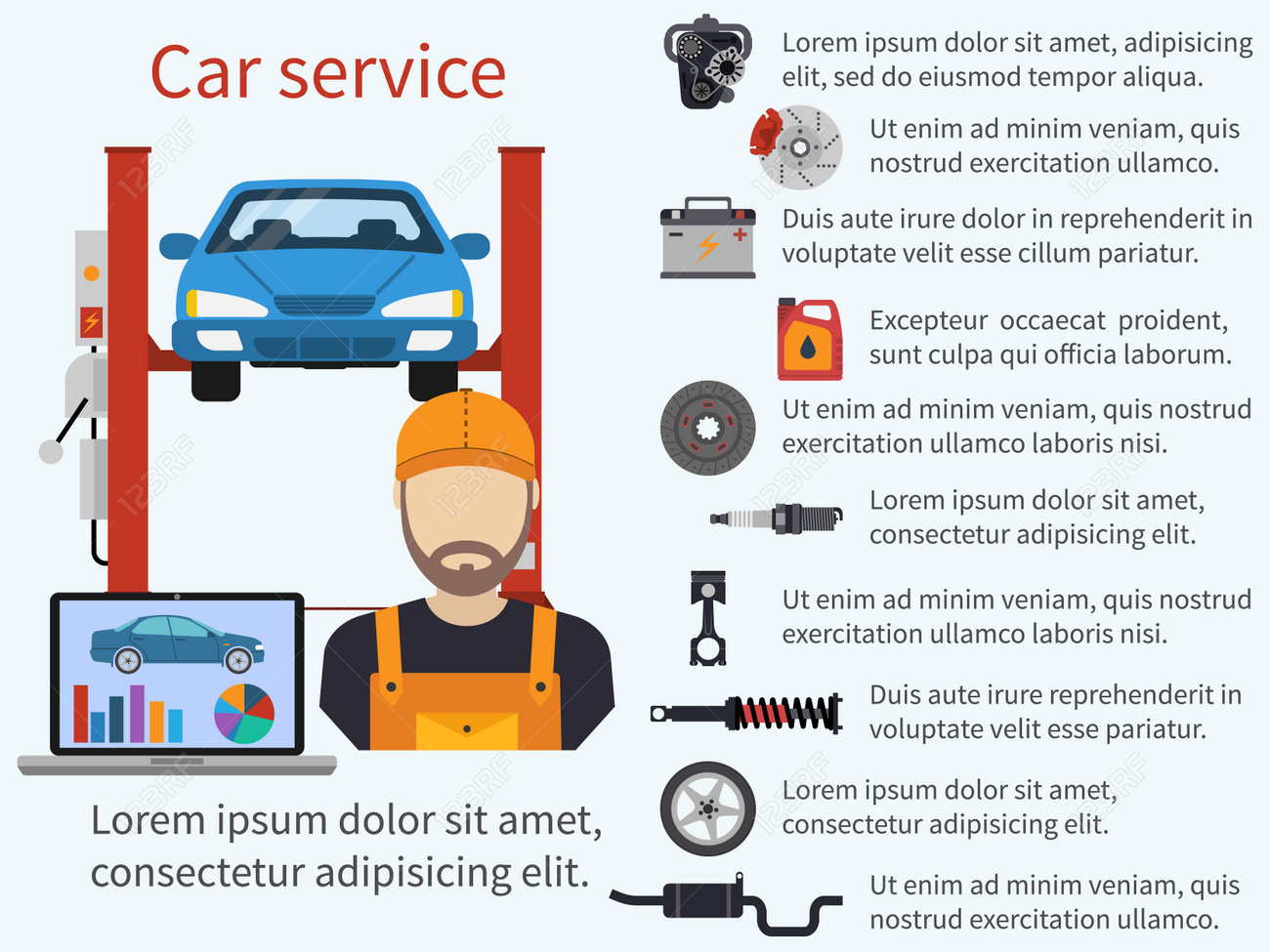Grasping The Value Of Your Car'S Warning Signals: What They In Fact Stand For
Grasping The Value Of Your Car'S Warning Signals: What They In Fact Stand For
Blog Article
Web Content Author-Vinson Kejser
When you lag the wheel, those radiant warning lights on your control panel can be a bit complicated. Do you know what they're trying to inform you concerning your auto's health? Understanding the significance of these lights is crucial for your safety and security and the longevity of your lorry. So, car detailng following time one of those lights appears, would not you intend to decipher its message precisely and take the needed actions to address it?
Common Caution Lights and Interpretations
Determine common warning lights in your vehicle and comprehend their definitions to ensure secure driving.
One of the most normal warning lights consist of the check engine light, which signifies problems with the engine or emissions system. If this light comes on, it's essential to have your vehicle checked immediately.
The oil pressure warning light indicates low oil stress, requiring immediate interest to stop engine damages.
A blinking battery light could recommend a damaged billing system, potentially leaving you stranded otherwise resolved.
The tire pressure tracking system (TPMS) light alerts you to low tire pressure, impacting automobile stability and fuel effectiveness. Neglecting this could result in dangerous driving problems.
The abdominal muscle light shows an issue with the anti-lock stopping system, jeopardizing your ability to stop swiftly in emergency situations.
Last but not least, the coolant temperature level cautioning light warns of engine getting too hot, which can result in serious damages if not solved promptly.
Understanding these common caution lights will help you address problems promptly and preserve secure driving problems.
Value of Prompt Interest
Recognizing the usual caution lights in your cars and truck is only the initial step; the significance of quickly attending to these warnings can not be stressed enough to ensure your safety on the road.
When https://driversclassnearme63940.mybuzzblog.com/10834416/are-you-curious-concerning-the-common-myths-bordering-auto-detailing-discover-the-fact-behind-these-misconceptions-and-comprehend-the-benefits-of-professional-detailing-for-every-lorry-proprietor illuminates on your dashboard, it's your automobile's means of communicating a prospective issue that needs attention. Disregarding these cautions can bring about extra extreme issues in the future, endangering your security and potentially costing you a lot more in repairs.
Trigger interest to cautioning lights can protect against break downs and crashes. As an example, a flashing check engine light could suggest a misfire that, if left neglected, might cause damage to the catalytic converter. Addressing this without delay can conserve you from a costly fixing.
Similarly, a brake system warning light may signal reduced brake liquid or worn brake pads, crucial components for your security when driving.
Do It Yourself Troubleshooting Tips
If you discover a warning light on your control panel, there are a couple of DIY repairing tips you can try before seeking specialist help.
The very first step is to consult your cars and truck's guidebook to recognize what the certain caution light suggests. Occasionally the concern can be as simple as a loosened gas cap triggering the check engine light. Tightening up the gas cap might resolve the problem.
One more common problem is a low battery, which can activate different advising lights. Examining https://who13.com/news/national-news/utah-bank-flagged-for-issuing-189-interest-loans-through-auto-repair-shops/ for corrosion and ensuring they're safe might repair the problem.
If a warning light persists, you can attempt resetting it by disconnecting the car's battery for a couple of minutes and after that reconnecting it. Additionally, checking your lorry's liquid levels, such as oil, coolant, and brake fluid, can aid repair cautioning lights connected to these systems.
Conclusion
To conclude, comprehending your vehicle's caution lights is necessary for maintaining your lorry running smoothly and safely. By immediately addressing these notifies and knowing what they mean, you can prevent costly fixings and potential malfunctions.
Remember to consult your car's manual for certain information on each cautioning light and do something about it as necessary to make sure a trouble-free driving experience.
Stay informed, stay risk-free when traveling!
